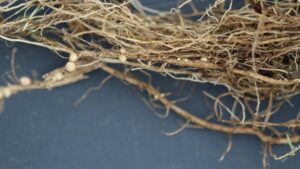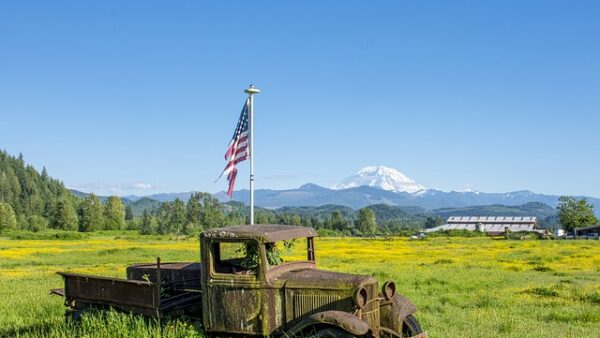What is being done to reverse the ruling on three products, and what options U.S. growers have for 2021 if the ruling continues to stand.
It’s well known across the industry that the U.S. Ninth Circuit Court of Appeals released a decision to vacate three dicamba registrations: Bayer’s XtendiMax, BASF’s Engenia and Corteva’s FeXapan. This affects about 60 million acres of dicamba-tolerant soybean and cotton.
A Disappointing Outcome
BASF North America calls the decision “unprecedented,” with “the potential to be devastating to tens of thousands of farmers across the U.S.”
Media Relations Manager Odessa Hines says BASF continues to pursue EPA re-registration of Engenia as well as new registrations of other dicamba-based products.
Corteva Agriscience has filed a petition in the Ninth Circuit Court of Appeals seeking an en banc rehearing.
Corteva is taking this action, explains Media Relations Manager Kacey Birchmier, “to preserve our rights as a technology provider, the rights of growers to access needed crop protection technologies as well as to preserve the role of the U.S. EPA to administer the Federal Insecticide, Fungicide & Rodenticide Act (FIFRA), including granting or cancelling crop protection product registrations.”
Bayer’s petition to the Ninth Circuit for a re-hearing was denied in Aug. 17.
Alex Zenteno, Bayer’s Dicamba product manager, states that “we strongly disagree with the ruling and believe the re-hearing should have been granted for several reasons. We’re still looking at our options to set the record straight, but what’s really important is that this ruling applies to registration for 2020.”
For the 2021 growing season, Bayer has submitted new data and analysis on the product (XtendiMax) and a new volatility-reducing tank additive, which the Environmental Protection Agency (EPA) is currently examining.
Looking at Options
When asked about options and strategies soybean growers should use in 2021 should no dicamba products be available, Norsworthy point to the Enlist system as one option. He says it involves multiple modes of action and is effective for the control of Palmar amaranth and pigweed in the Midwest and Midsouth.
Another option is LLGT27, but although Alite 27 can be used in LLGT27 soybean, it’s only registered in some states.
“We’ve done research with metribuzin and S-metolachlor in combination with Alite 27 and have seen a high level of pigweed control for seven to eight weeks,” he says. “Glufosinate call also be tank mixed with glyphosate to broaden the spectrum in LLGT27 and Enlist soybean.”
Because of growing resistance, Norsworthy continues to believe the long-term solution to weed management challenges faced by U.S. soybean producers will not solely be found in a chemical jug.
“Herbicide companies are talking about stacks with four or five herbicide traits but most of these are old chemistries,” he says, “and there is not a lot in terms of new chemistry coming down the pipeline for soybeans in the, U.S. where traits are matched with new herbicide sites of action.”
Norsworthy believes weed control is going to be about using as many tools as possible.
“We are going to need more new chemistry but also bringing other tactics into the weed control program is paramount,” he says. “For example, can we capture and destroy weed seed during harvest using some of the new seed mill destruction devices?”













